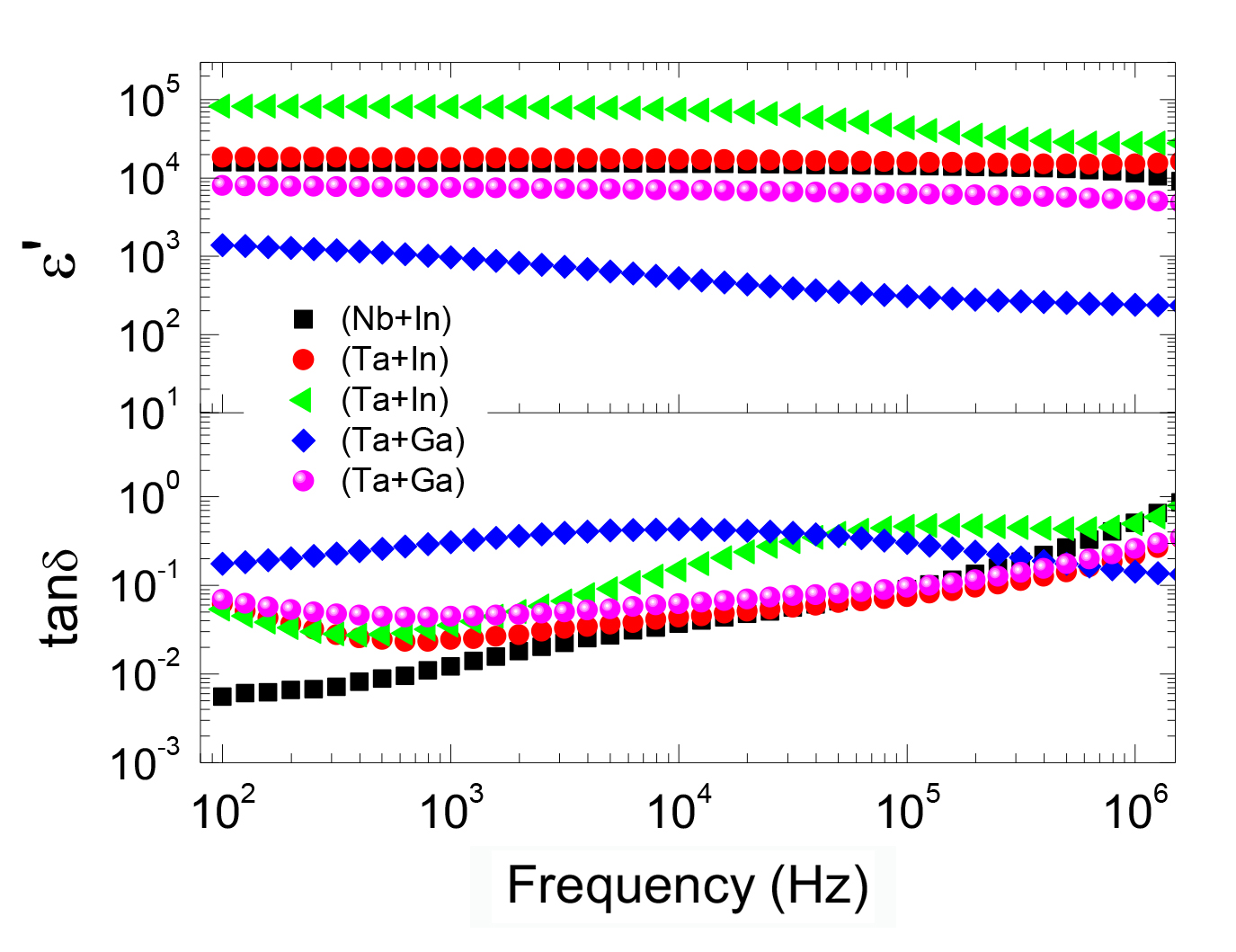Co-doped Rutile-TiO2 Ceramics: Promising Giant Dielectric Oxides
Keywords:
Giant/Colossal dielectric properties; Impedance spectroscopy; IBLC; SBLC; Electron-pinned defect-dipoles.Abstract
Recently, many kinds of dielectric materials have been intensively reported to display giant (or colossal) dielectric permittivity (GDP) > 104 at room temperature in the radio-frequency range. Improvement and modification of GDP have been performed to obtain significantly improved GDP performance for promising applications, such as ceramic capacitors, modern electronics, sensors, and multifunctional devices. In this paper, a short review of various GDP materials is represented based on the interfacial polarization at internal interfaces. An argument between the intrinsic and extrinsic factors on the GDP behavior is discussed. Then, the formation of Schottky barriers at the internal interfaces that can give rise to the appearance of the GDP is briefly reviewed. Finally, co-doped rutile-TiO2 systems are demonstrated to be an exciting GDP material. Low dielectric loss tangent (< 0.025) and giant dielectric permittivity of 104 with nearly temperature-independent over the temperature range of -55 – 200 °C. A newly reported model, i.e., an electron-pinned defect-dipole model, is proposed to be the primary contribution of the co-doped TiO2 materials.






